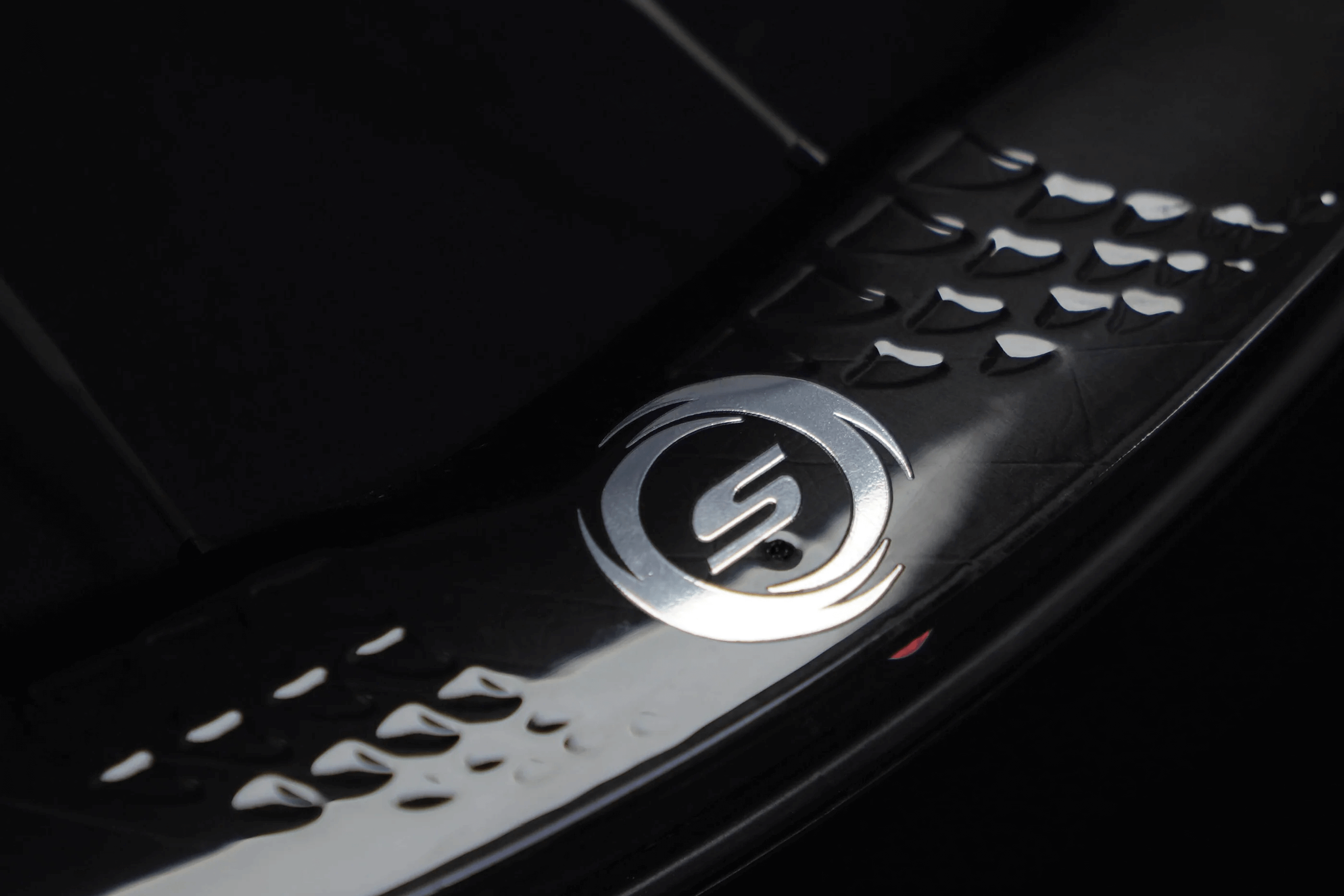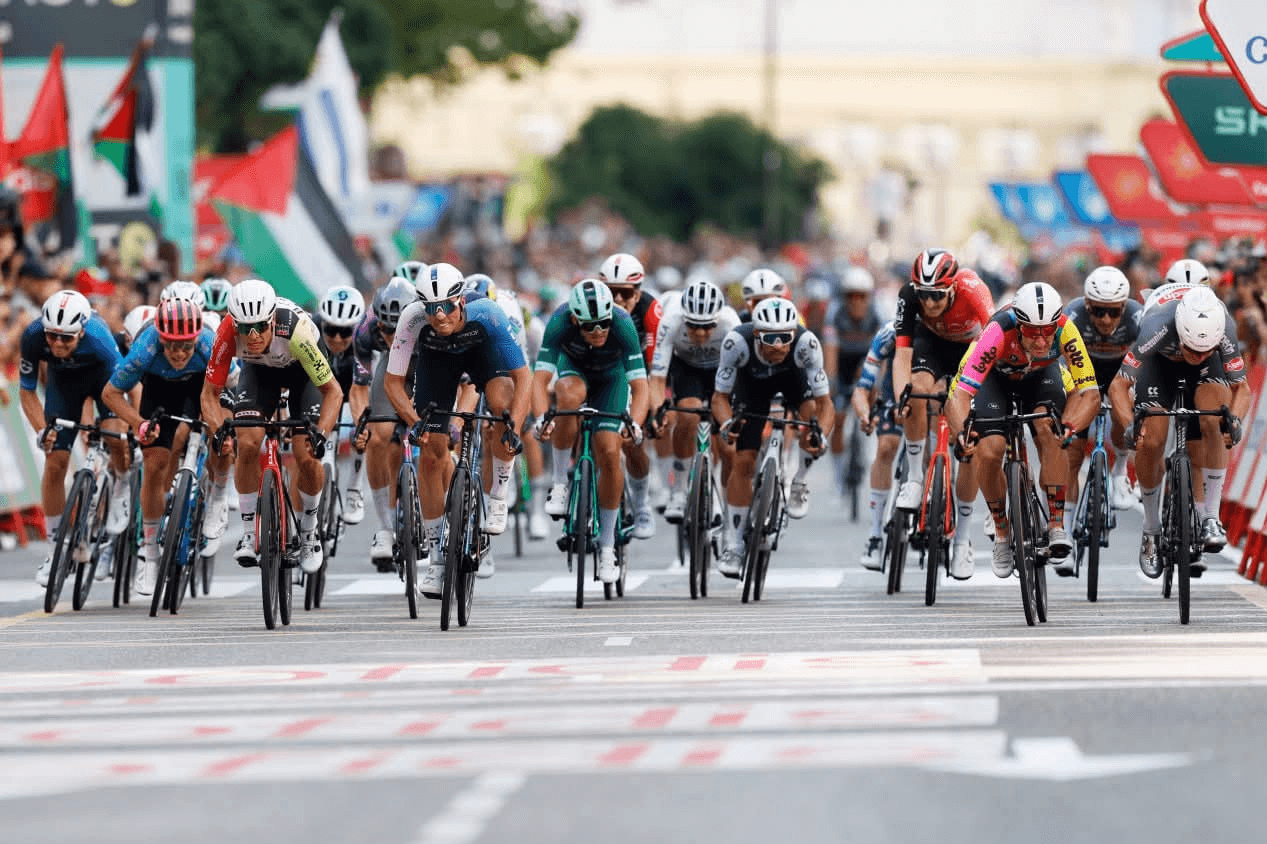Carbon fiber rims (carbon rims) are standard in high-performance bicycles due to their light weight and high stiffness. However, the interaction between tire width and carbon rim braking is often misunderstood. This article analyzes how tire width affects braking efficiency through three key dimensions: contact area, heat conduction, and deformation control, based on material mechanics, fluid dynamics, and race data.
1. Tire Width and Contact Area: The Double-Edged Sword of Friction

Theoretical debate: Traditional thinking suggests that wider tires (28c–32c) increase contact area by 20%-30%, improving dry braking. However, physics (Friction = μ × Pressure × Area) shows that, with constant rider weight, increasing area actually lowers contact pressure, potentially offsetting gains.
Carbon rim specificity:
The lateral stiffness of high-modulus carbon suppresses tire sidewall deformation, making the contact patch of wide tires more rectangular (vs the oval shape of narrow tires). Actual contact area can exceed theoretical gains by 1.5×.
Measured comparison:
At 40 km/h, emergency braking, a 25c tire on a carbon rim averaged 17.3 m stopping distance.
A 28C tire reduced the distance to 15.8 m (−8.7%).
A 32C tire increased the stopping distance to 16.5 m due to a significant pressure drop.
Key takeaway: Pairing carbon rims with 28c tires achieves optimal braking balance; overly wide tires may lose advantage due to pressure reduction.
2. Thermal Management: How Width Affects Carbon Rim Cooling

Carbon fiber’s thermal conductivity (1.5 W/mK) is far lower than aluminum (200 W/mK), so brake heat accumulates easily. Tire width influences heat management in two ways:
Airflow guidance: Wide tires (>30c) create vortices along sidewalls that disrupt airflow over the braking surface, reducing cooling efficiency by ~15%. During long descents in mountain stages, carbon rim temperatures can reach 300°C, with wide tires prone to brake fade.
Internal air expansion: Wider tires hold more air, which expands under heat, pressing against sidewalls and further blocking rim cooling channels. Tests show that 32c tires can increase peak carbon rim temperature by 40°C on long descents.
Solution: Use low-rolling-resistance narrow tires (25c–28c) + tubeless systems (reduces internal air volume) to optimize heat dissipation.
3. Deformation Synergy: Why Low-Aspect-Ratio Combinations Work Better

Carbon rims’ vertical stiffness must match tire deformation properties; otherwise, braking efficiency suffers.
Narrow tire high-pressure trap: A 25c tire inflated above 90 psi deforms too little on a stiff carbon rim, reducing contact patch by 30%, increasing wet braking distance by 22%.
Wide tire low-pressure benefit: A 28c tire at 65 psi absorbs road vibrations while transmitting braking power efficiently. In Paris-Roubaix, pros using 28c + carbon rims shortened braking distances on rough cobbles by 11% compared to aluminum rims.
Golden rule: Carbon rims pair best with 25c–28c tires at 10%-12% of rider weight (e.g., a 70 kg rider ≈ , 72 psi).
4. Practical Scenario Optimization
|
Scenario |
Recommended Tire Width |
Carbon Rim Tech |
|
Road racing |
25c–26c |
35–50 mm depth, ceramic-coated brake track |
|
Gravel/Classic races |
28c–30c |
Hookless tubeless, supports 2.5 Bar |
|
Long downhill stages |
26c (high TPI tire) |
Cooling fin brake track, embedded temperature sensor |
Pitfalls to avoid:
Wide tires + deep carbon rims (>60 mm) → increased crosswind disturbance, reduced braking stability
Wet conditions with wide tires → 32c drains 18% slower than 25c; choose multi-groove tread
5. Future Trends: Smart Materials Redefining Braking

Emerging technologies are breaking physical limits:
Variable-width tires: Goodyear’s adaptive sidewalls automatically expand to 28c in corners for grip and contract to 25c in straight lines for low rolling resistance.
Carbon rims with phase-change materials: Micro-encapsulated wax absorbs brake heat and releases it when cooling, reducing thermal fade (experimentally up to 70°C).
Ultimate insight: Tire width’s effect on carbon rim braking is not simply “wider or narrower.” It’s a system-level interplay of stiffness matching, thermal cycling, and airflow control. Only precise coordination can achieve “instant and stable braking.”




Laisser un commentaire
Tous les commentaires sont modérés avant d'être publiés.
Ce site est protégé par hCaptcha, et la Politique de confidentialité et les Conditions de service de hCaptcha s’appliquent.